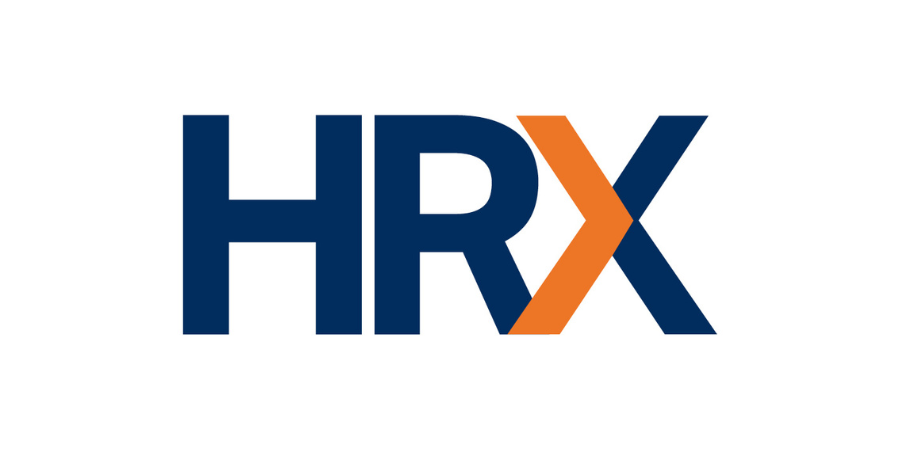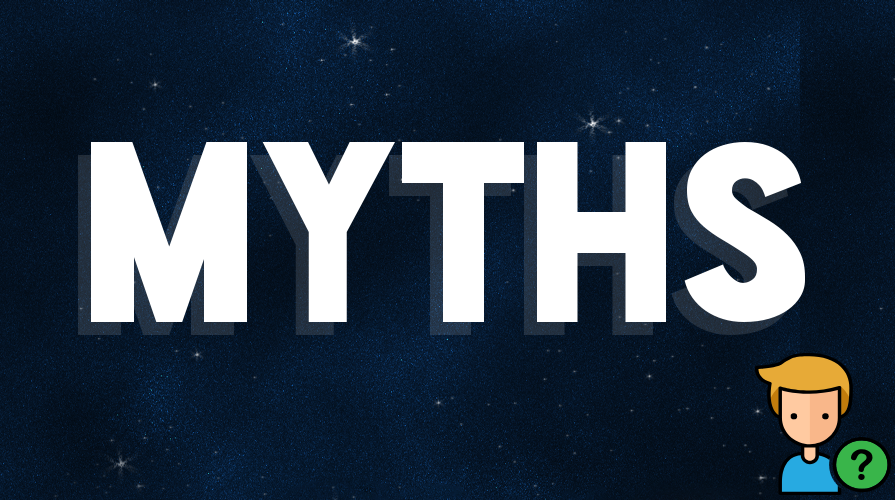Dual Enrollment Courses Surge in Popularity
A recent EdWeek article reports nearly 2.5 million students nationwide participated in dual enrollment courses during the 2022-2023 school year, according to federal data from the National Center for Education Statistics (NCES).
Dual enrollment programs allow students to earn college credit while still in high school, decreasing the time and money required to obtain an undergraduate degree. The experience can help students feel more prepared for college and boost confidence in their ability to succeed.
Accessibility Issues
The Community College Research Center at Teachers College, Columbia University reports that, as of October 2024, dual enrollment courses are offered in 90 percent of public high schools. However, inequities remain in access to advanced coursework in high school.
Data shows that Black, Latino, and low-income students are underrepresented in dual enrollment programs. Barriers to enrollment include poor communication of processes, grade point average requirements, and cost. While some states and districts cover all associated fees, others may require families to purchase textbooks or other fees from the college.
Kristen Hengtgen, a policy lead at EdTrust who studies college and career readiness, recommends the following actions to help increase access and enrollment in dual credit courses:
- Ensure there is a pool of high-quality teachers who can provide rigor in courses.
- Improve communication from schools with families regarding the transferability of credits.
- Encourage policymakers to ensure credits can apply to other universities after graduation.
- Implement automatic enrollment in advanced placement courses with the option for students to opt out.
Dual Enrollment in Texas
TASB HR Services surveys Texas public schools for information on dual credit programs and teacher pay in the annual TASB HR Surveys and TASB District Personnel Salary Survey. Data is available in TASB HRDataSource™ (member login required).
For the 2023-2024 school year, 97.9 percent of 518 responding districts offered dual high school/college credit courses to high school students. Most often, the courses are provided at the high school campus, although some districts reported availability of online courses and courses at a college campus.
Dual credit teachers can be paid with district funds, college funds, or a combination of college and district funds. High school teachers teaching dual assignment courses are required to have a master’s degree in the subject area assigned and may receive an additional stipend.
Additional Information
Data for the 2024-2025 TASB HR Surveys is scheduled to be released in late March. The HR Services survey calendar, FAQs, and more can be found on the HR Services Survey Resources webpage.
To read the full EdWeek article, check out What Parents Say They Want Their Kids to Get Out of High School.

April Mabry
April Mabry oversees HR Services training services, member library products, and the HRX newsletter. She has provided HR training and guidance to Texas public schools since 1991. Mabry was a classroom teacher for 11 years in Texas and Michigan.
Mabry has a bachelor’s degree in education from the University of Michigan and certification as a professional in human resources (PHR) and is a SHRM-CP.
HR Services

Subscribe to HRX
Stay up to date with all the latest HR news and trends by joining the HRX mailing list!





